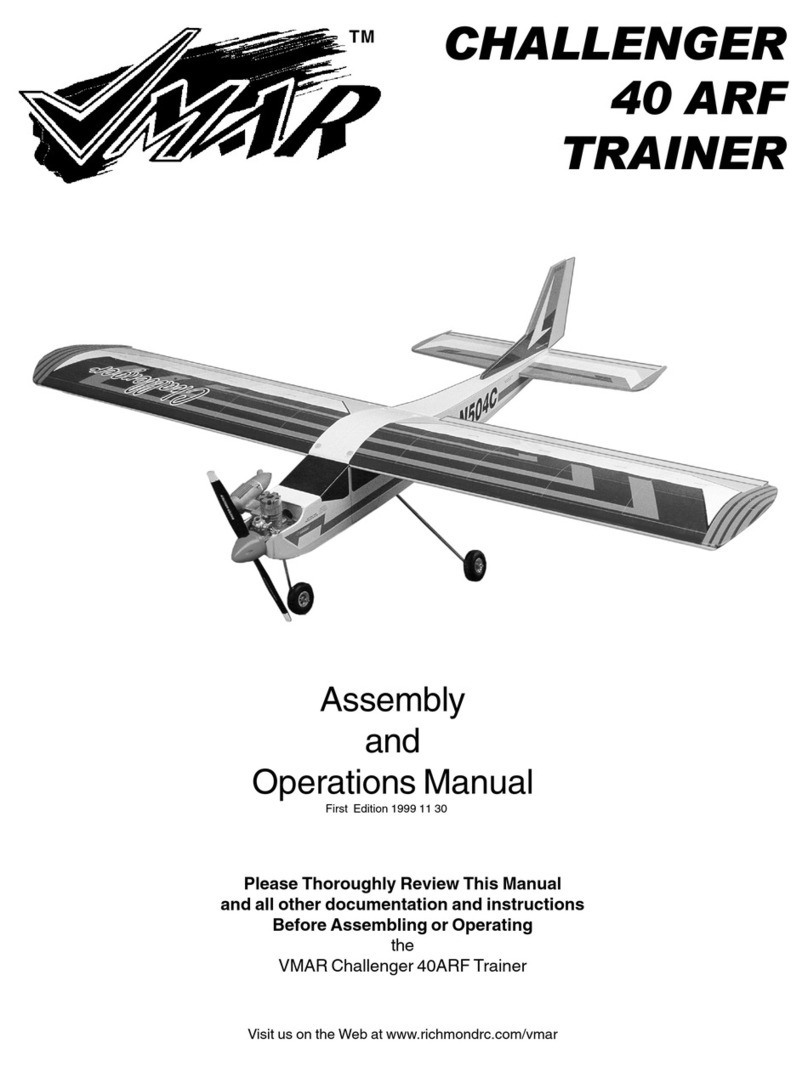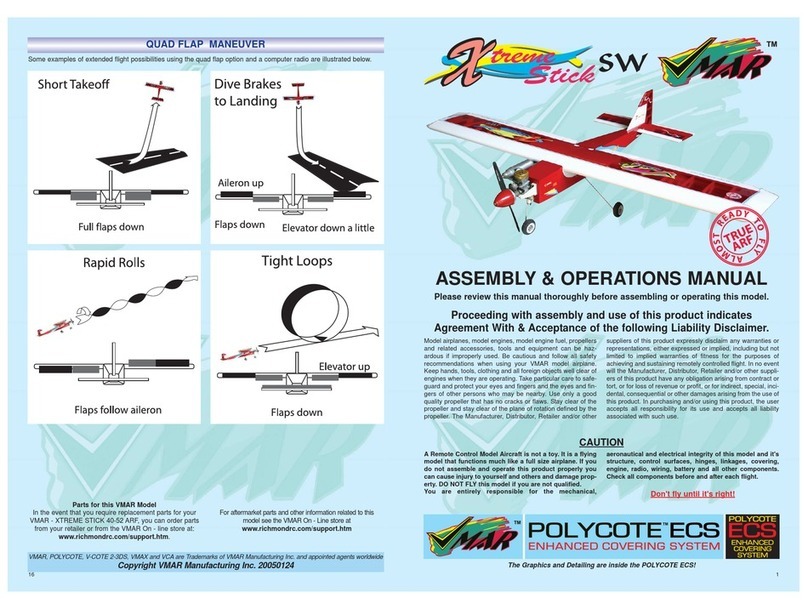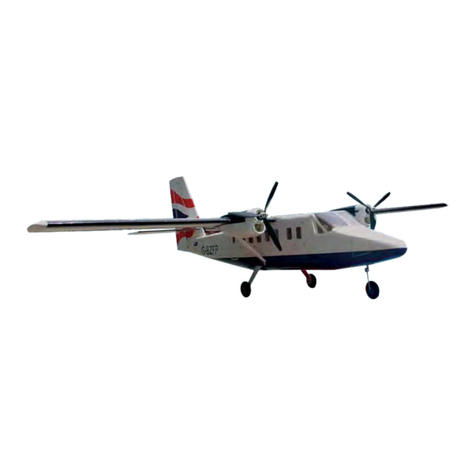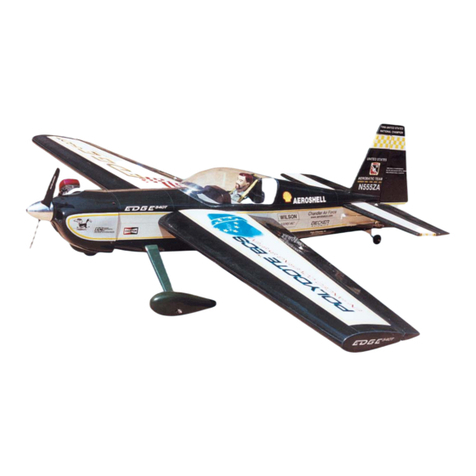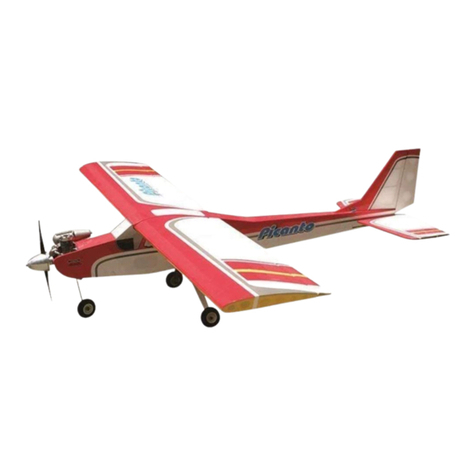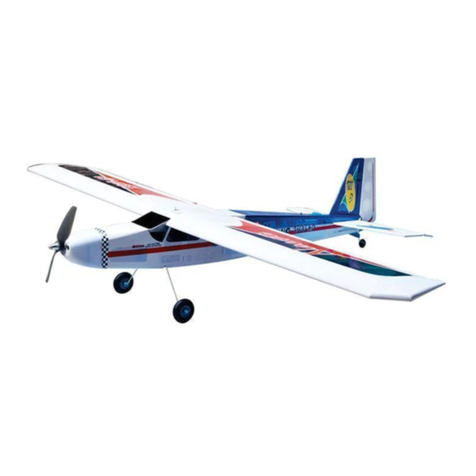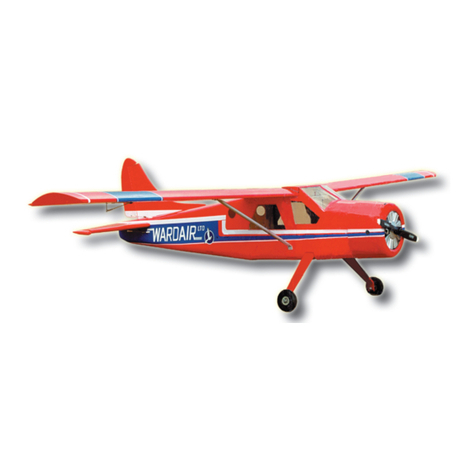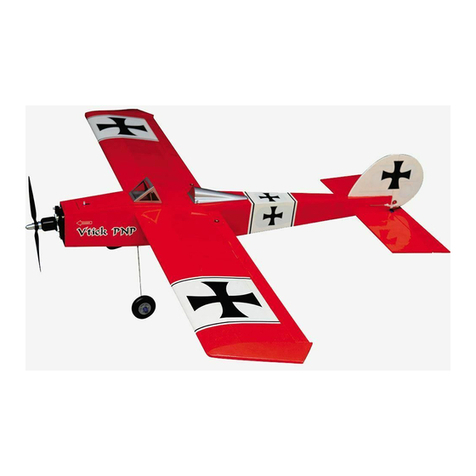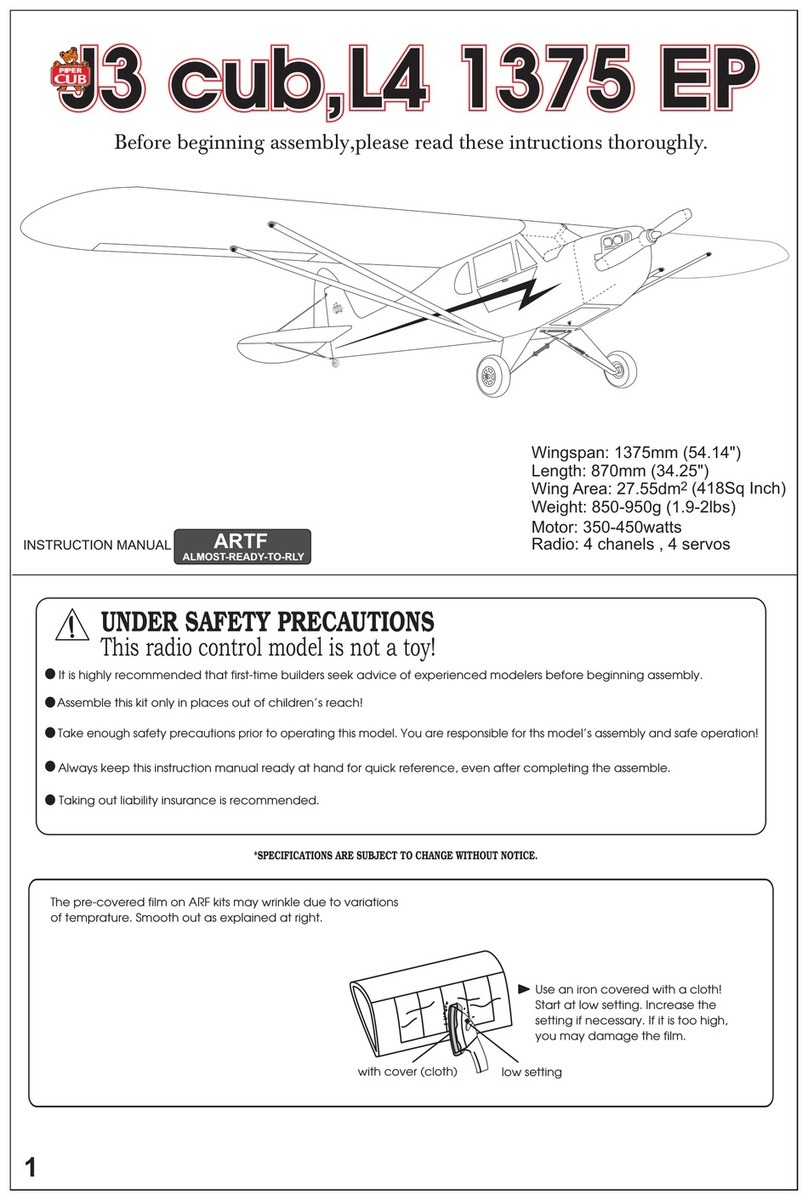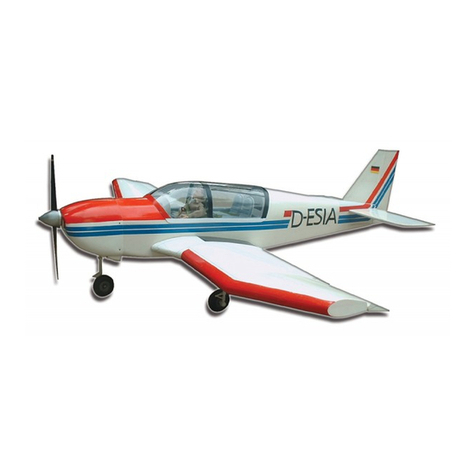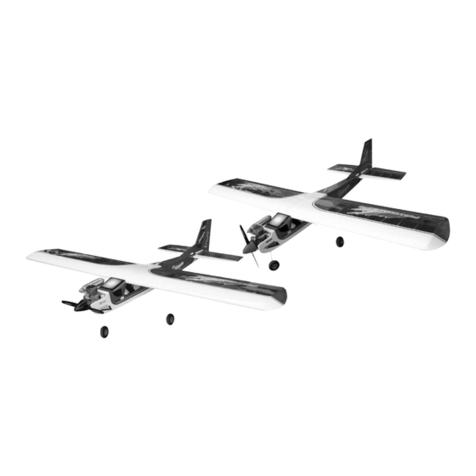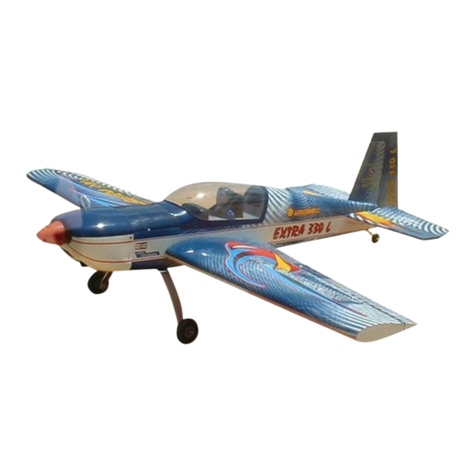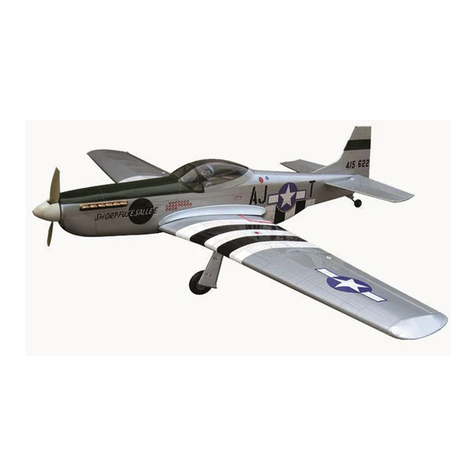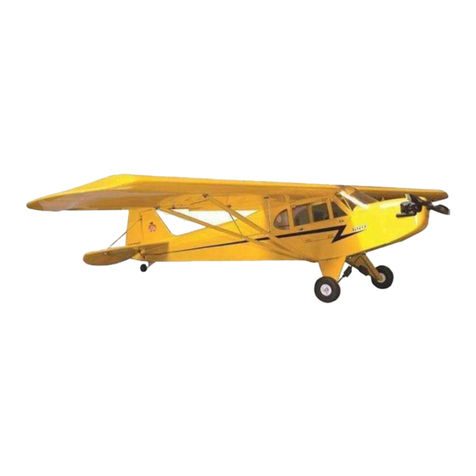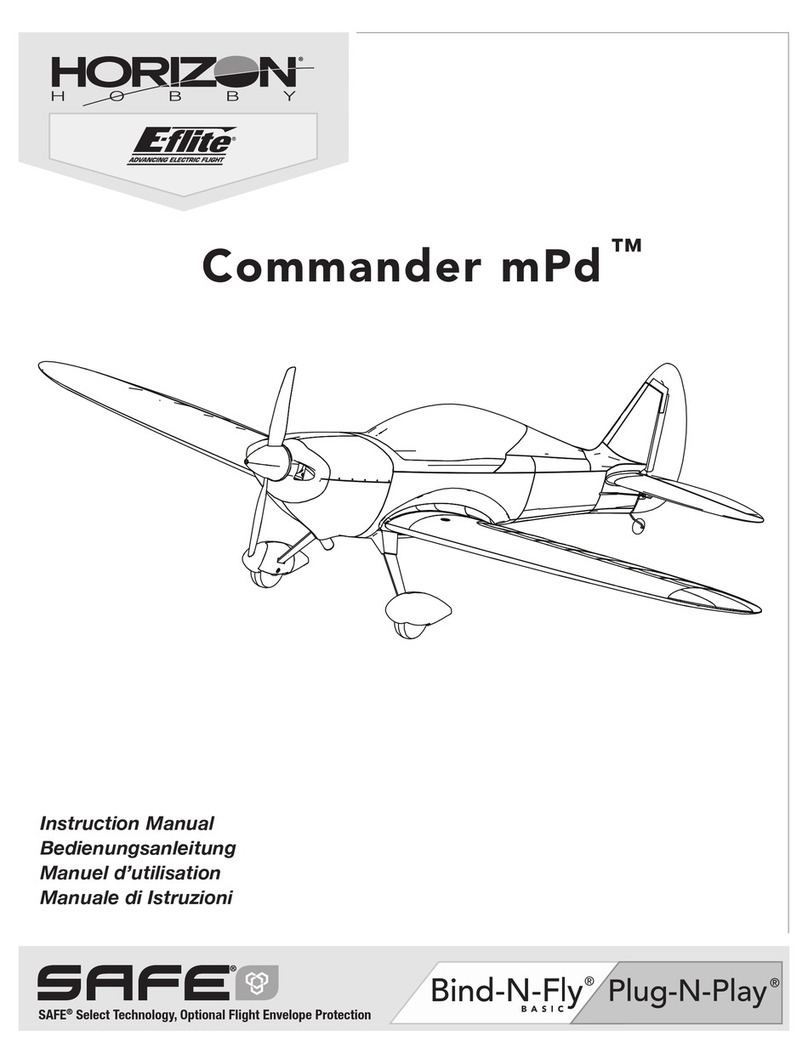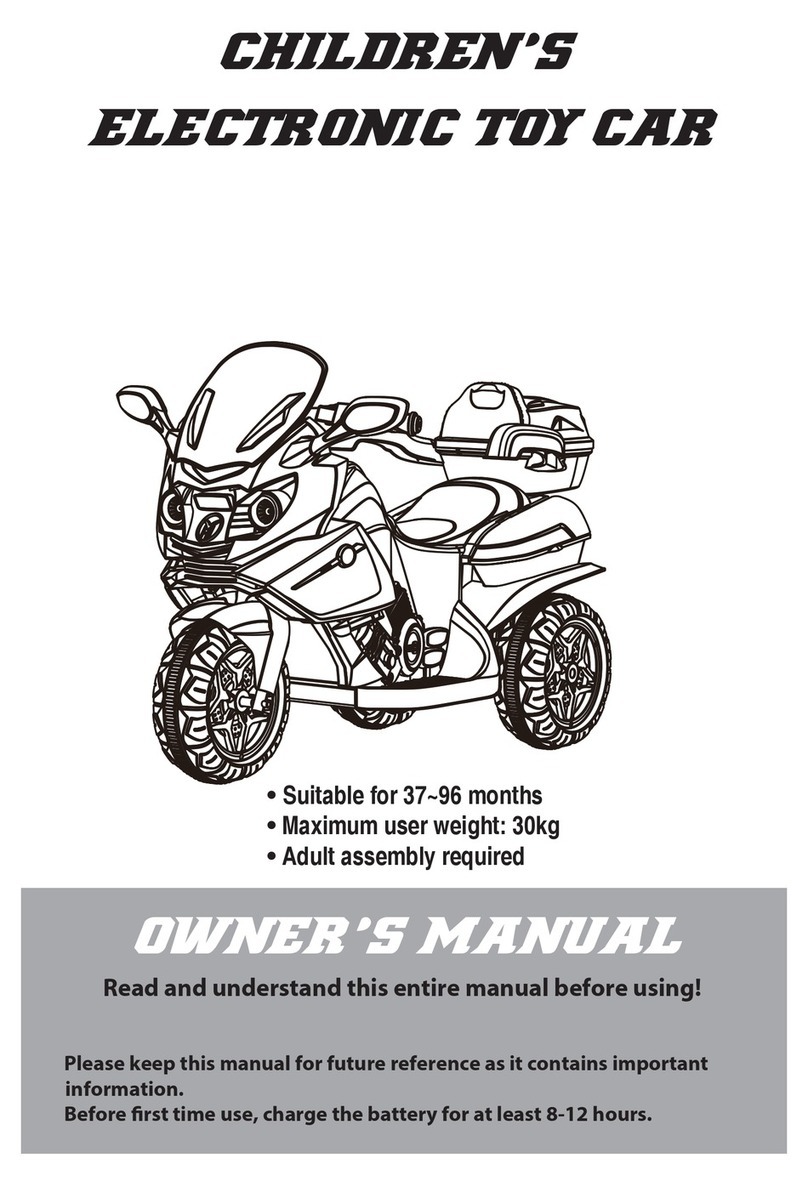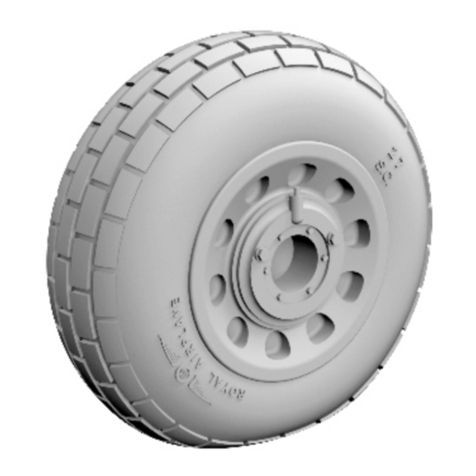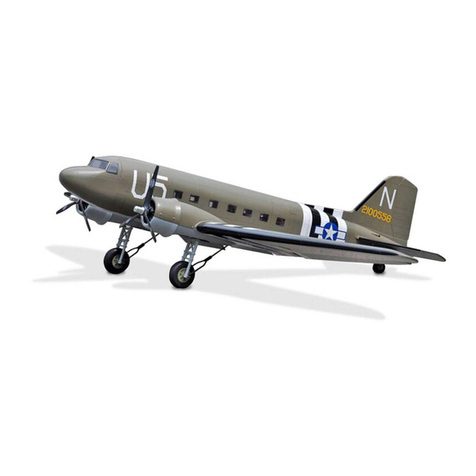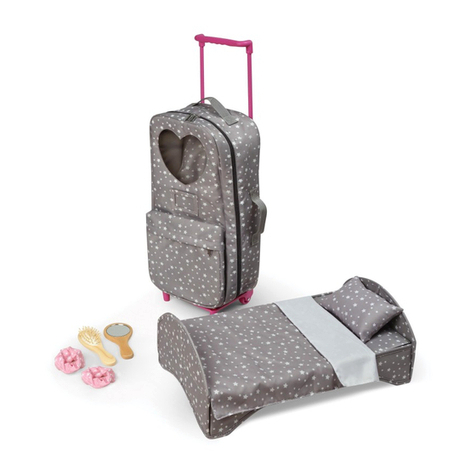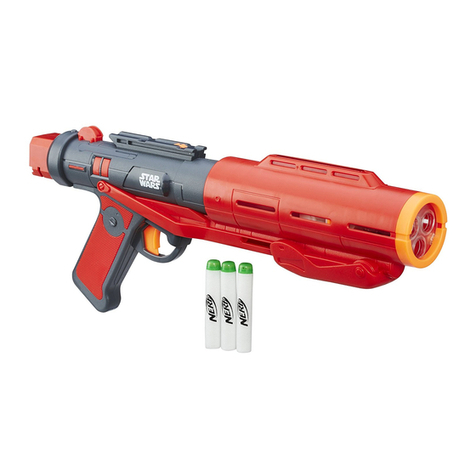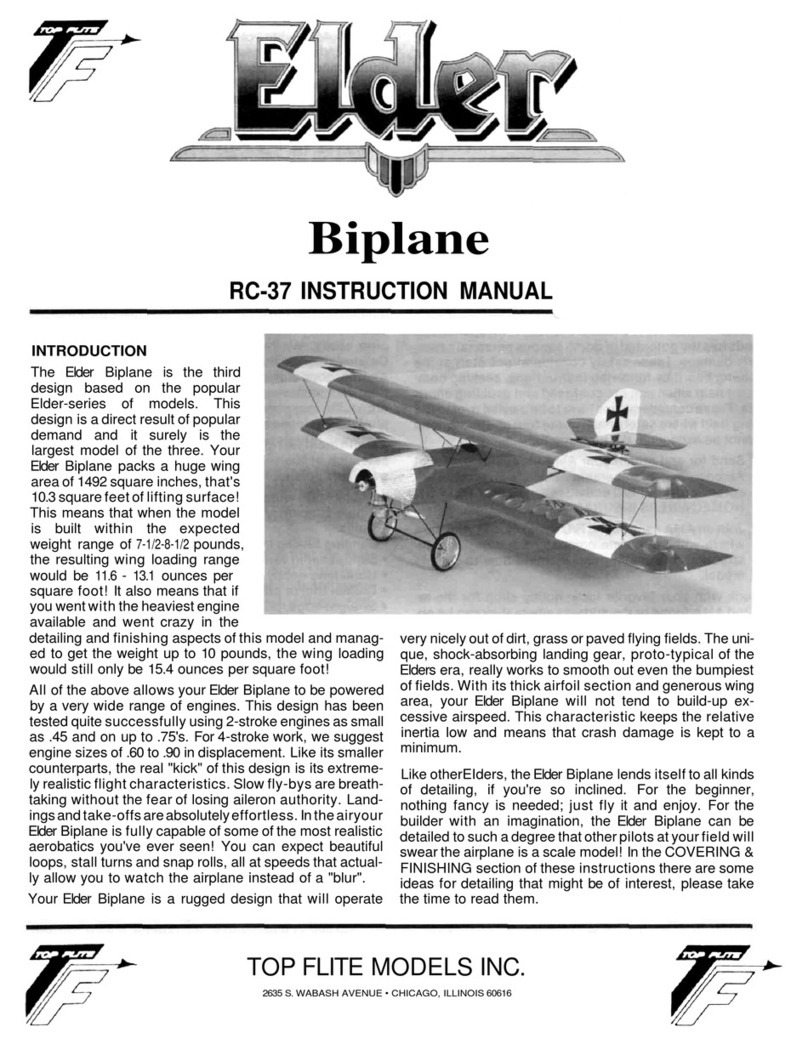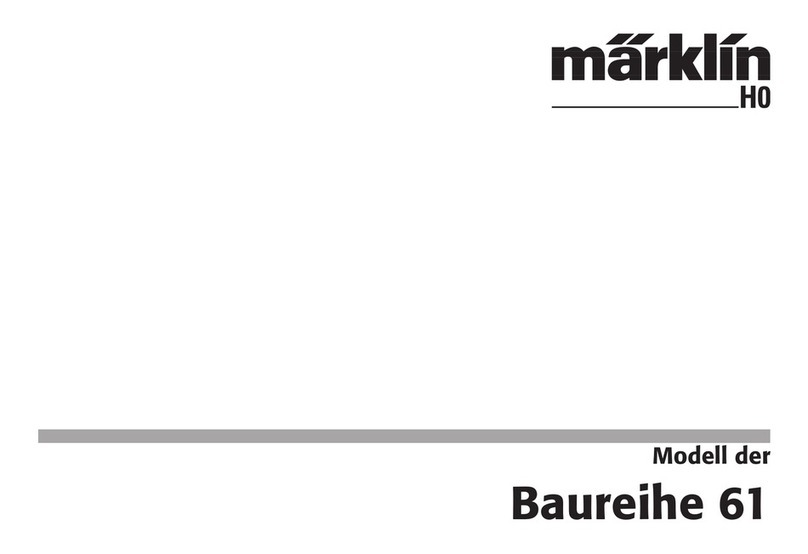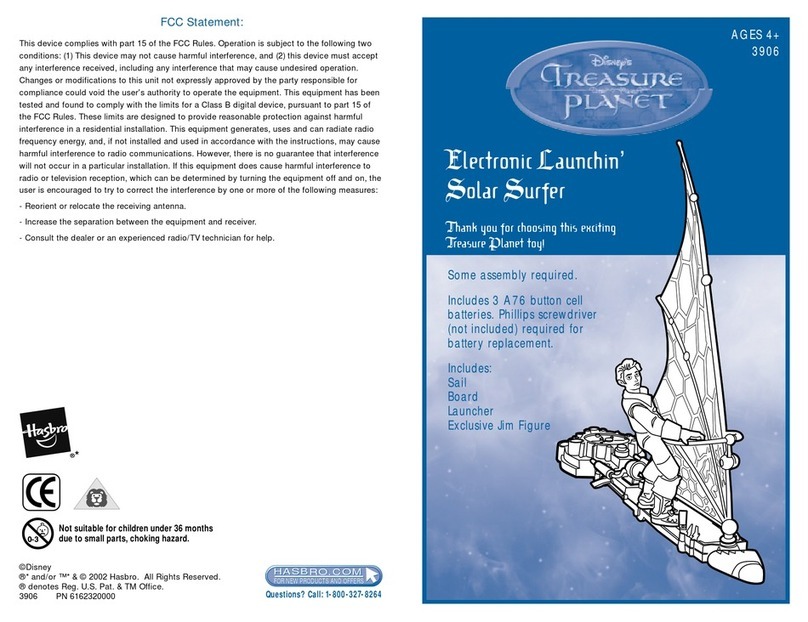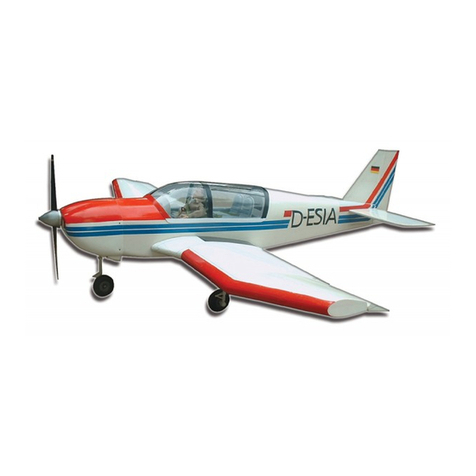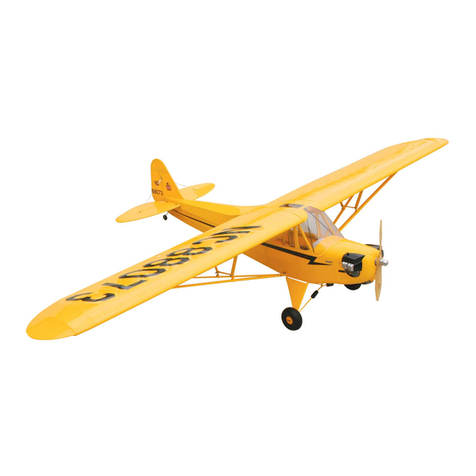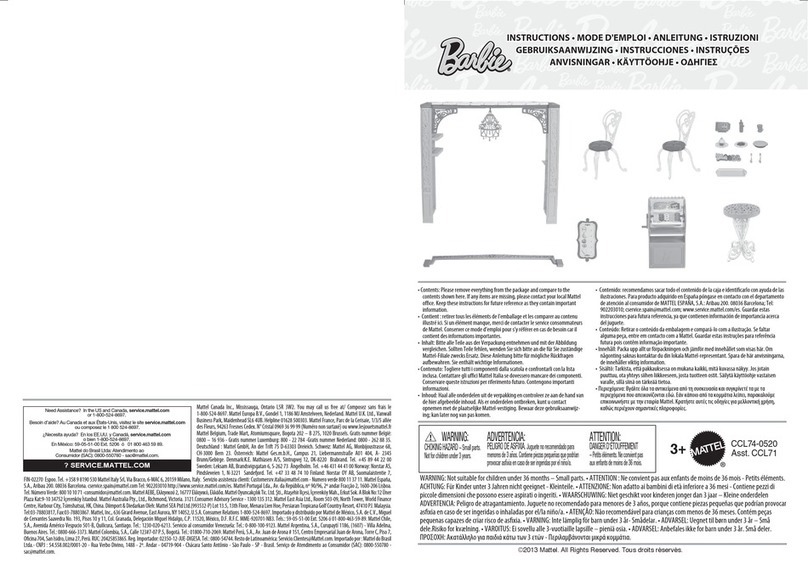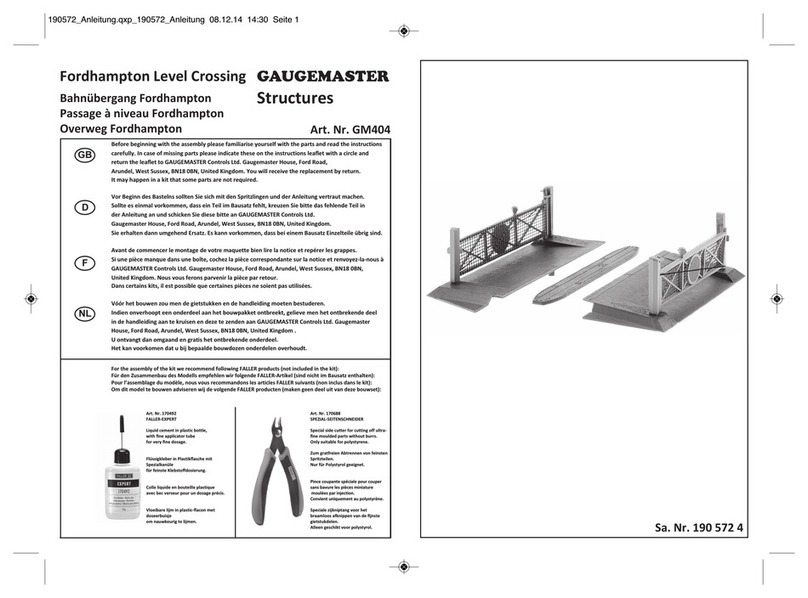
TM
V-COTE covering is engineered in Canada & available only from VMAR. V-COTE is a thermally
reactive film that shrinks well with standard hobby heat guns and hobby irons intended for model airplane
covering. We bond the graphic elements to the rugged thermal film using a proprietary process that results
in an economical highly detailed finish without the need for decals, layers, strips or stripes! Best of all, you get the detailing without having
to put in hours and hours of work... we've done it all for you! With VMAR models and V-COTE covering you will spend more time flying
and less time building and detailing! Here are a few tips to make it easy to keep your V-COTE covering looking it's best!
CARE: Avoid puncturing. Avoid leaving your model in a closed car exposed to direct heating from the sun for lengthy periods.
Temperatures under such conditions can exceed 50C (122F) and sagging may occur. V-COTE is resistant to fuels having up to 15%
nitro methane. If you must use higher nitro fuels, avoid spilling raw fuel onto the V-COTE covering and remove fuel residue as soon
as possible using soft paper towels and gentle wiping when doing so. Some color bleeding and deterioration may be experienced
with prolonged exposure to high nitro fuels.
TIGHTENING: To tighten V-COTE we recommend using a medium-high temperature heat gun. Work with the gun set at 250-300F.
Experiment on small areas first to get comfortable with the temperatuee and the process described below.
a) To seal and bond the seams, edges, around perimeters and over solid surfaces use a heat gun set at 250F and a soft cotton
cloth or glove. Heat a small area of the covering and then press the warm covering down firmly with a soft cotton cloth to bond the
covering to the underlying substrate. Avoid hard rubbing side to side while the covering is warm. Higher temperatures may assist with
complex curved surfaces. Avoid using more heat than required to prevent bubbles from forming beneath the covering. Be patient and
work systematically starting with a small out of the way area first to gain experience.
b) To shrink V-COTE over open bays use a medium-high temperature heat gun set at 250-300F. Practise on a single bay on the
bottom of a less noticeable section first. Heat the V-COTE until it is warm and sags slightly then remove the heat and the V-COTE
will shrink tight. Try this repeatedly until the covering over the open bay is tight. Be patient and work systematically. As you gain
experience you will be able to judge better how much heat to apply and for how long. You will likely only have to tighten V-COTE
once or twice to accomodate any shrinkage of the airframe in dry hot conditions.
CLEANING AFTER FLYING: To clean V-COTE after flying we recommend Fantastic household cleaner and disposable paper
towels. You can use other similar cleaners but avoid cleaners with solvents or abrasives. It is a good idea to always test a small out
of the way spot first. Wipe along seams, not across. To really show off your V-COTE covering, after cleaning wtih Fantastic... use a
bit of Armorall and buff dry & shiny.
CLEANING INITIALLY: V-COTE has very few seams and we use our SURE SEAL system to really lock the seams down. Upon
initial inspection if you see a thin streaky film on any of the covering when looked at under bright light this is a residue from the
SURE SEAL process. Use alcohol with a paper towel and wipe the residue away. V-COTE and the graphics detailing are resistant
to alcohol but it is always a good idea to test alcohol or any other cleaner or solvent you are using on a small out of the way area
first! Change towels frequently. If you want to accentuate the gloss of V-COTE even more, use a bit of Armorall and buff shiny with
a clean paper towel. Test the Armoral on a small out of the way area first! Discard all soiled paper towels into a metal garbage can
stored outdoors.
REMOVING & USING TAPE: Tape may been used to hold control surfaces or other parts in place during shipping. When
removing tape from V-COTE, peal the tape back on itself so that the pulling is parallel to the surface of the covering. If the
tape is near or across a seam or an edge, peal towards the edge or seam. Do NOT pull the tape up at right angles to the
covering or away from a seam or edge. If you use tape during the assembly process use a low tack masking tape and
remove it using the procedure noted above.
CARE & MAINTENANCE OF V-COTE COVERING.
TM
RESEALING SEAMS: V-COTE seams are sealed with our SURE SEAL system and will not normally lift. If you find a loose edge,
thoroughly clean any oil residue from the area and the edge and reseal with thin CA.
PATCHING: If you puncture V-COTE, thoroughly clean any oil residue from the area of the puncture. We clean using Fantastic and
a paper towel. Once you have all the oil residue removed, wipe the area again with a fresh clean towel moistened with water or
plain alcohol. The patch should be 1/2" bigger than the hole on all sides. We recommend using the V-COTE patch sheets provided
with your model or after market V-COTE patch material. You can also use polyester covering such as POLYCOTE, ULTRACOTE or
ORACOVER. Monokote or SolarFilm covering material will also work. Cut the patch with rounded corners. Seal the patch in place
with a heat iron set at 250F first and then tighten the patch and the original covering around the patch using a heat gun as outlined
in the tightening section above. To repair larger more extensive damage areas, you may wish to obtain the appropriate V-COTE
covering set for this model.
VMAR and V-COTE are Trademarks of VMAR Manufacturing and authorized
VMAR Agents worldwide.Copyright Richmond RC Supply Ltd
CUTTING: V-COTE is made from a thermally reactive film.
Where possible, use scissors to cut V-COTE. Scissors work well.
Otherwise use a new sharp #11 Blade. The blade must be SHARP.
Check for updates and more
information about V-COTE at
www.richmondrc.com/support.htm
B190C_Important_Info_20021007.pmd


